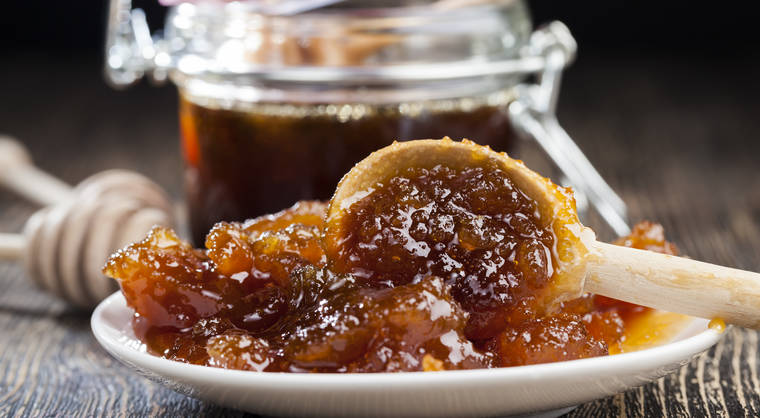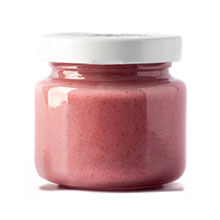Why Honey Crystallizes & That’s a Good Thing
August 06, 2025

What Is Honey Crystallization?
If you've ever opened a jar of raw honey to find it thick, grainy, or even solid, don’t panic—your honey hasn’t gone bad.It’s simply crystallized, a totally natural process that happens when the sugars in honey (mainly glucose and fructose) begin to separate and form crystals. This can turn your pourable honey into something more spreadable—or spoonable—but it's still perfectly delicious and nutritious.
Why Does Crystallization Happen?
Crystallization occurs because honey is an oversaturated sugar solution. That means it contains more sugar than can stay dissolved in liquid form, especially at cooler temperatures. Over time, the glucose in the honey separates from the water and starts forming tiny crystals. The ratio of glucose to fructose, temperature, storage conditions, and the presence of tiny particles (like pollen) all influence how quickly honey will crystallize.Fun fact: Raw honey tends to crystallize faster because it hasn’t been ultra-filtered or heated, which leaves in more of those natural particles that act as “seeds” for crystals to grow.
Crystallized Honey = High-Quality Honey
You might be surprised to learn that crystallization is actually a sign of pure, raw honey. Commercial, pasteurized honey is often heated and filtered to slow or prevent crystallization, but that process can strip honey of its natural flavor complexity and beneficial enzymes.So if your honey crystallizes, it’s a good thing! It means you’re enjoying honey in its most natural state—packed with all the goodness the bees intended, including antioxidants, enzymes, and trace minerals.
How to Use Crystallized Honey
Crystallized honey may not flow like it used to, but it’s still a kitchen superstar. Here are a few tasty ways to use it:1. Spread it on toast or bagels. The creamy texture is perfect for spreading.
2. Stir it into tea or coffee. The warmth will naturally melt the crystals.
3. Use it in marinades or baking. Once mixed into a liquid or batter, it performs just like liquid honey.
4. Blend it into smoothies or yogurt. Adds sweetness and texture in one go.
5. Whip it into butter. Crystallized honey is ideal for making honey butter—just mix with softened butter and a pinch of salt.
Can You Re-Liquefy Crystallized Honey?
Absolutely! If you prefer your honey pourable, you can easily bring it back to liquid form with gentle heat:1. Place the jar (with the lid off) in a bowl of warm water.
2. Let it sit for 15–30 minutes, stirring occasionally.
3. Keep the water below 110°F to preserve the honey’s enzymes and nutrients.
Avoid microwaving the honey, as high heat can damage its natural properties and even scorch the sugars, altering the flavor.
Tips to Slow Down Crystallization
While crystallization is harmless, you can slow it down with a few simple steps:1. Store at room temperature (around 70°F). Cooler temps encourage faster crystallization.
2. Keep it tightly sealed. Moisture from the air can affect the consistency.
3. Use a clean, dry spoon. Introducing water into the jar can increase the risk of fermentation.
4. Choose glass containers over plastic. Glass helps maintain a more consistent temperature.
If you go through honey quickly, crystallization probably won’t be a big concern. But for those rare jars you’re savoring slowly, these tips can help keep things smooth.

Creamed Honey: Crystallization’s Fancy Cousin
Did you know that some honey is intentionally crystallized? Creamed honey (also called whipped or spun honey) is made by controlling the crystallization process to create a smooth, spreadable texture. It’s dreamy on biscuits, pancakes, and pretty much everything else.So if you love the texture of crystallized honey but want it more uniform, give creamed honey a try—it’s crystallization done on purpose.